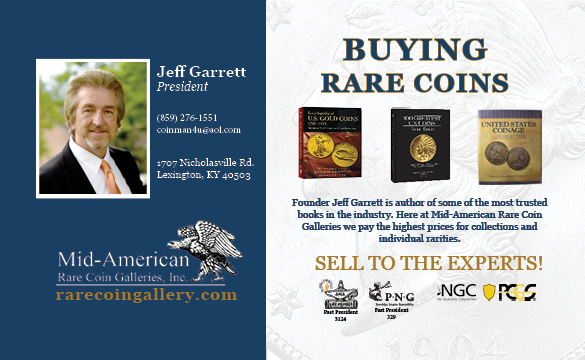
PREV ARTICLE
NEXT ARTICLE
FULL ISSUE
PREV FULL ISSUE
THE ROYAL TOUCH AND SOCIAL DISTANCINGDavid Pickup submitted this timely article on touch pieces. -Editor "God give you Better Health," he said, "and More Sense."
Charles II touched near a hundred thousand persons. In 1682 he performed the rite eight thousand five hundred times. In 1684, the throng was such that six or seven of the sick were trampled to death. The ceremony was expensive, costing a little less than £10.000.00 a year. Royal surgeons were employed to check the crowd to distinguish those who were ill from those who came for the gold coin. Demand for the royal touch became so high that bronze or copper admission tokens were introduced to keep a record of numbers. At the ceremony, the sufferer was presented with a gold touch-piece, which would commonly be hung on a ribbon and worn as a necklace. When James II was deposed in 1688 the new joint rulers of William and Mary refused to participate in the 'royal touch'. Opponents considered their reluctance to participate reflected doubt on their royal legitimacy. William in particular was against these ceremonies. "It is a silly superstition," he said, when he heard that, at the end of Lent, his palace was besieged by a crowd of the sick. Perhaps he did not want to get too close to the public. "Give the poor creatures some money, and send them away." On one single occasion he was requested to lay his hand on a patient and replied, "God give you better health," he said, "and more sense." His successor, Queen Anne revived the practice possibly with some private reservations but her successor, George I refused and it died out. The practice of the royal touch was however continued by the Jacobites, who were keen to demonstrate their legitimacy. All the Jacobite Stuarts, including Charles Edward Stuart and his brother Henry Benedict Stuart, were known to have carried out the ceremony to help cure their followers. There are a number of Jacobite touch pieces, the majority of which were made in silver, although there were some gold versions produced. To read a Wikipedia article on touch pieces, see: To read the earlier E-Sylum article (with links to still earlier ones), see:  Wayne Homren, Editor The Numismatic Bibliomania Society is a non-profit organization promoting numismatic literature. See our web site at coinbooks.org. To submit items for publication in The E-Sylum, write to the Editor at this address: whomren@gmail.com To subscribe go to: https://my.binhost.com/lists/listinfo/esylum All Rights Reserved. NBS Home Page Contact the NBS webmaster 
|
